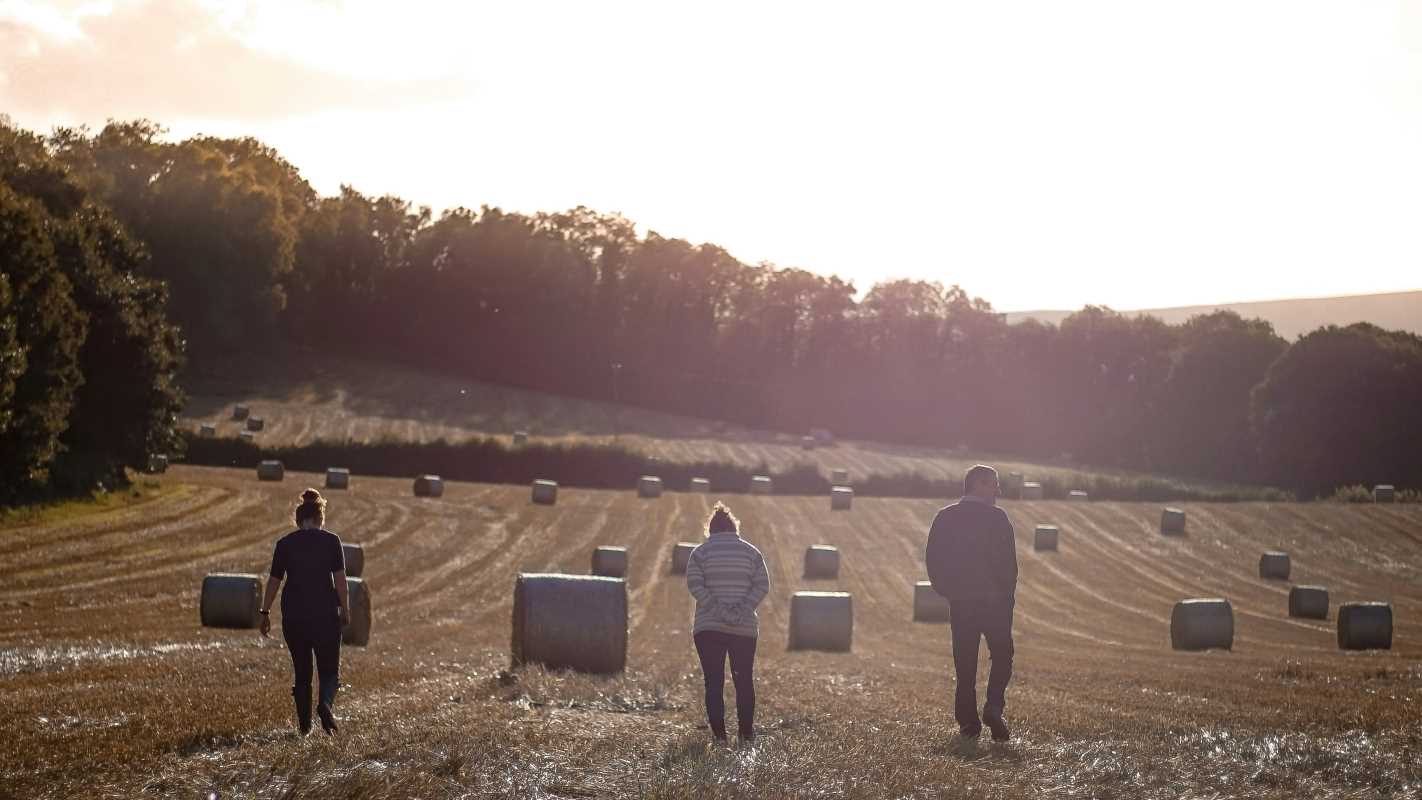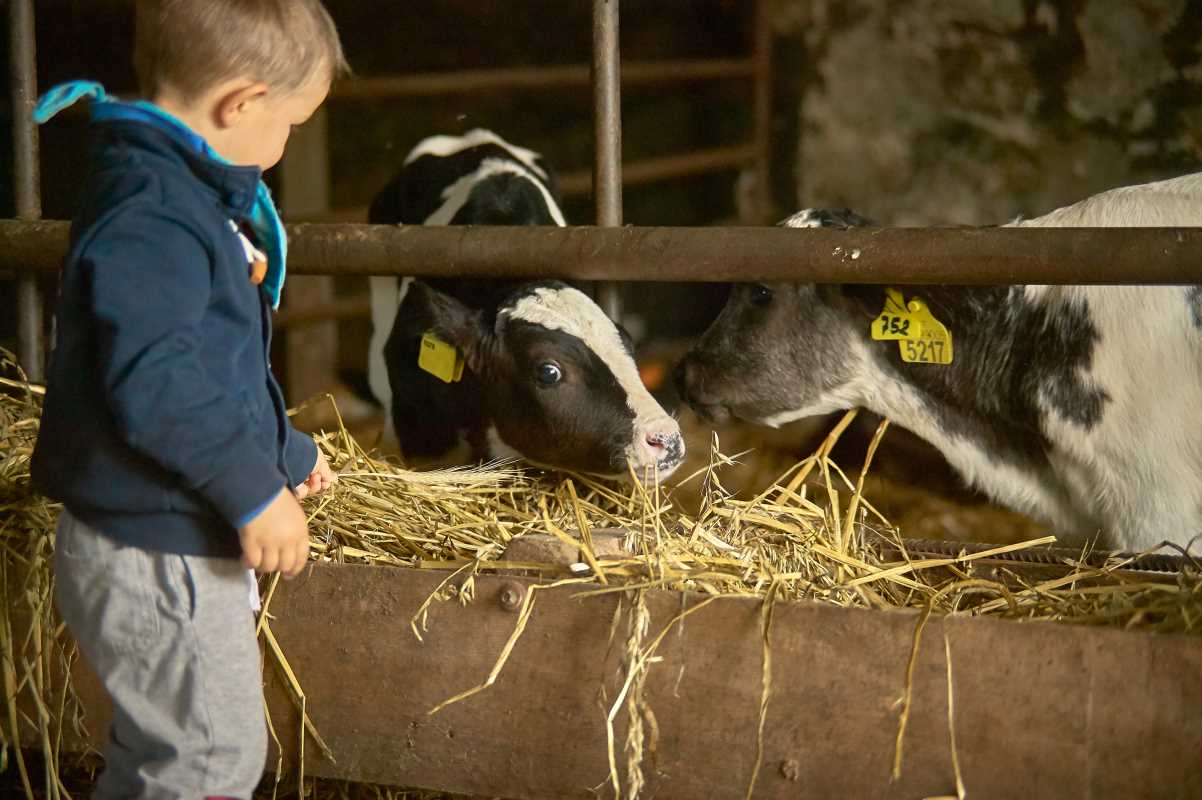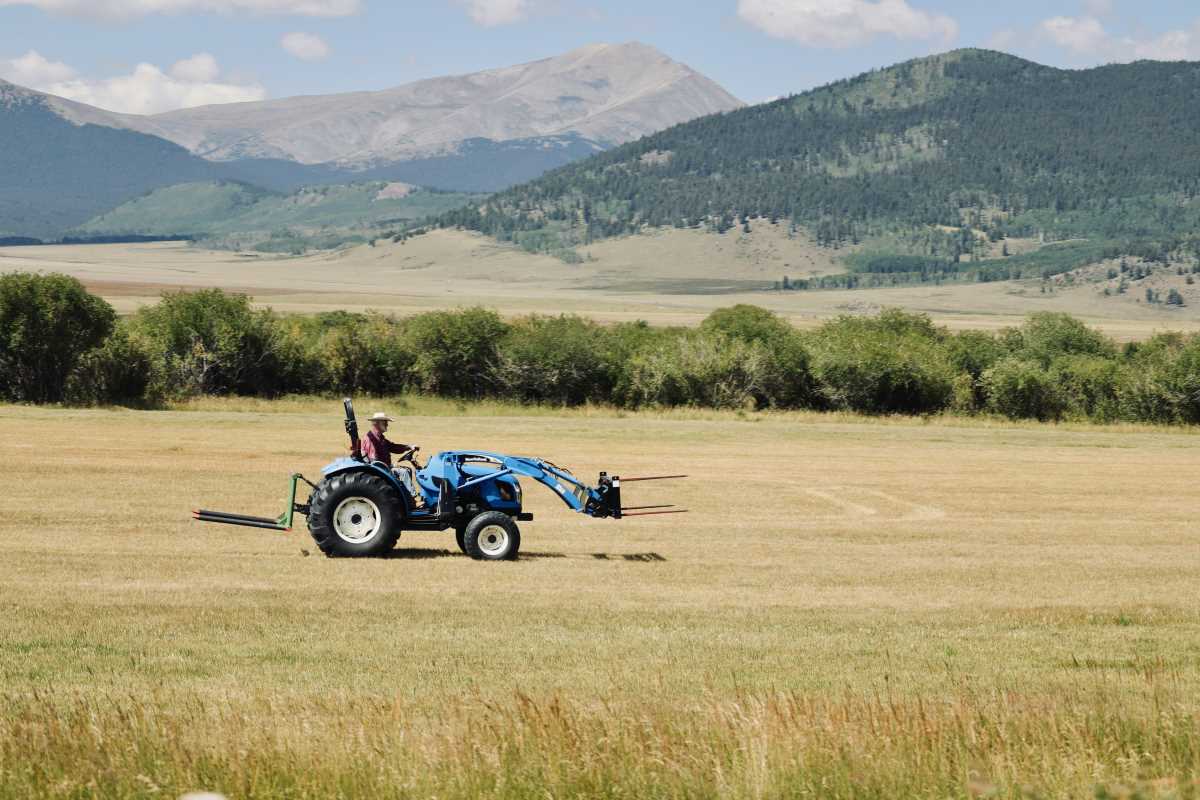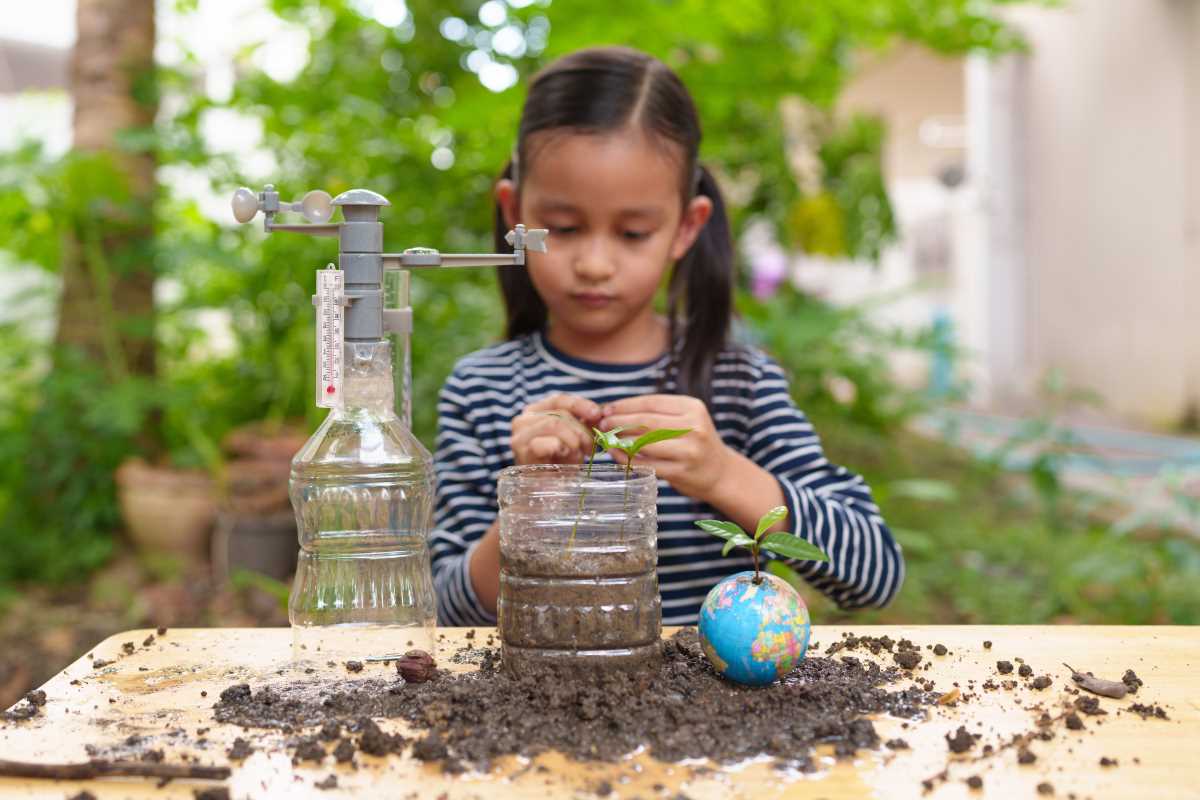Turning an overlooked plot of land into a flourishing garden offers a sense of accomplishment and joy. As you prepare the soil and select your plants, you set the stage for growth that supports both the environment and your local community. A thoughtfully designed garden not only yields fresh fruits and vegetables but also provides a welcoming place to learn about plants and connect with others. With practical advice and easy-to-follow steps, you can create a garden that becomes a gathering spot, a source of healthy food, and a place to spark curiosity about the natural world.
Every step you take builds a living workspace where nature and cooperation grow side by side. Clear decisions made from the beginning help you avoid common pitfalls and open up opportunities for creative problem solving. When you commit to a garden project, each chore and every meeting can turn into a chance to improve your outdoor space and your community’s spirit.
Define the Purpose and Vision of Your Garden
Before you even break the soil, take time to decide what you want your garden to be. Clarifying your goals lays a solid foundation for every choice that follows. Think about whether you desire a space for growing food, a place to host learning sessions, or a venue for community gatherings. Your vision will shape the layout, plant selection, and how you use the space throughout the seasons.
Outline your core ideas and the benefits you expect to see. Consider the following points to guide your planning:
- Define the main objectives: food production, recreation, learning, or a blend of these.
- Visualize the space: decide on permanent features like paths, raised beds, or seating areas.
- Assess long-term impacts: look at how the garden can energize the land's productivity and promote sustainability.
- Consider training and workshops: plan for educational events and hands-on demonstrations.
- Plan for seasonal adjustments: set clear aims for what is achievable in spring, summer, fall, and winter.
Select the Right Site and Prepare the Land
Choosing a spot with ample light and proper drainage makes all the difference. Carefully examine the land to identify areas that may need extra care, such as those with poor soil or water retention issues. Evaluate clues like the type of soil texture, exposure to morning sunlight, and proximity to water sources. A clear, flat space simplifies the landscape design and ongoing upkeep.
After selecting the location, clear the site of any overgrowth or debris that interfere with your plans. Test the soil if possible; a quick check can tell you if you need to improve the ground with organic matter or adjust the pH for optimal plant growth. Consider small-scale improvements like mulching or building simple irrigation setups to create a solid starting point.
Gather Community Support and Build Your Team
Getting help from friends, neighbors, and local enthusiasts turns the whole project into a shared celebration of nature. Pooling resources and talents brings fresh ideas to your garden while distributing tasks in manageable portions. Reach out to those who love nature and want to work outdoors. When you invite participation, each individual can add a unique skill that improves the space.
Think of ways to build a team with a clear plan for responsibilities. For example, consider these approaches:
- Hold an open meeting or informal get-together to share your vision and invite contributions.
- Set up a clear task list that includes roles like soil preparation, planting, water maintenance, and event organization.
- Encourage local experts to offer free advice or to host workshops on gardening techniques.
- Use word-of-mouth or local bulletin boards to rally a group of volunteers committed to making the project a success.
Plan, Organize, and Manage Resources
Solid planning minimizes surprises when the garden starts taking shape. Draft a timeline that marks major milestones from when you prepare the soil, plant your crops, and maintain the beds. Formulate a budget that includes tools, seeds, compost, and occasional guest speakers or workshops. A clear plan helps you avoid last-minute expenses and unforeseen setbacks.
Organize your materials and tasks with simple tools like calendars or checklists.
Plant, Maintain, and Carry Out Seasonal Activities
Planting requires precise timing and understanding the land's natural flow. Prepare for seasonal changes by choosing crops that suit the climate and soil conditions. Planting in rows or blocks can simplify watering and harvesting while enabling crop rotation to improve soil health. A well-planned schedule for maintenance keeps the garden lively and ready for new growth cycles.
Set aside time for regular upkeep. Review the progress periodically and modify tasks as needed. If pests become an issue or if the weather shifts unexpectedly, proactive management can save a day's hard work.
Encourage Engagement and Long-Term Development
Bring neighbors together with events and hands-on workshops to share tips, celebrate harvests, and keep the garden lively. Rotate crops and try new plants to boost soil quality and interest.
Celebrate each success and track your progress to inspire future growth. Regular communication and teamwork make the garden a welcoming place full of fresh ideas and lasting satisfaction.
With thoughtful planning, your shared space stays adaptable, creative, and rewarding year after year.
 (Image via
(Image via





